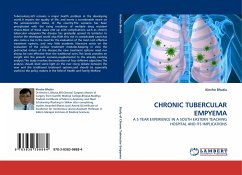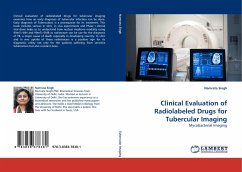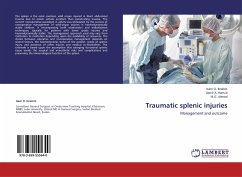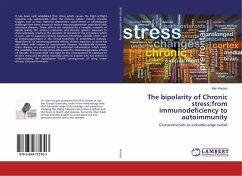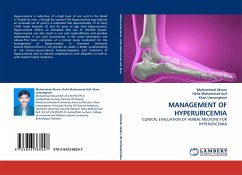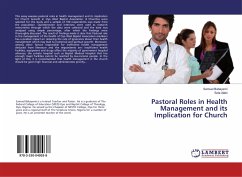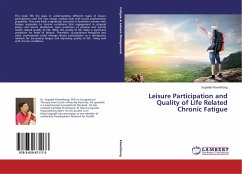Tuberculosis,still remains a major health problem in the developing world.It impairs the quality of life, and exerts a considerable strain on the socioeconomic status of the country.The scenario has been precipitated with the rising incidence of multiple drug resistant strains.Most of these cases end up with complications such as chronic tubercular empyema.The disease has gradually spread its tentacles to involve the developed world also.With this rise in complicated cases,has also come a rise in the need for the evaluation of the most cost effective treatment options, and very little academic literature exists on the evaluation of the various treatment modules.Keeping in view the protracted nature of the disease,the new treatment options need not always be cost effective than the traditional ones.This book provides an insight into the present scenario,supplemental to the already existing analysis.The study involves the evaluation of four different objectives.The analysis should shed some light on the ever rising debate between the new and the traditional treatment options,and should be especially useful to the policy makers in the field of Health and Family Welfare.
Bitte wählen Sie Ihr Anliegen aus.
Rechnungen
Retourenschein anfordern
Bestellstatus
Storno

